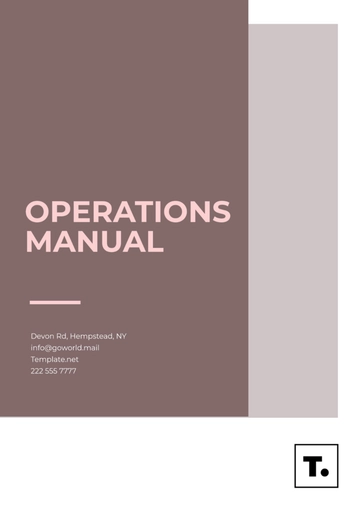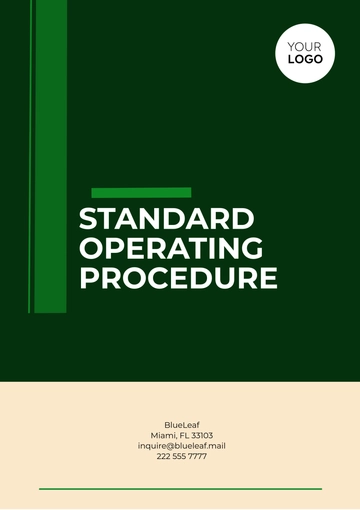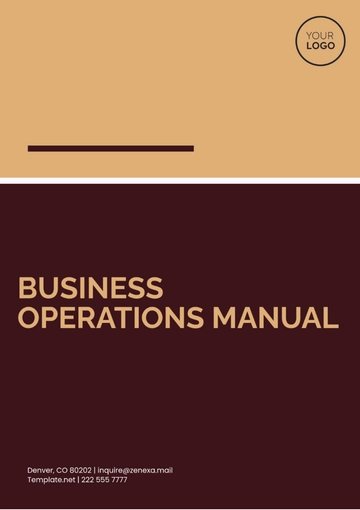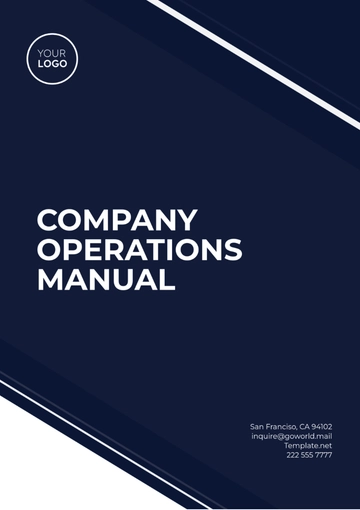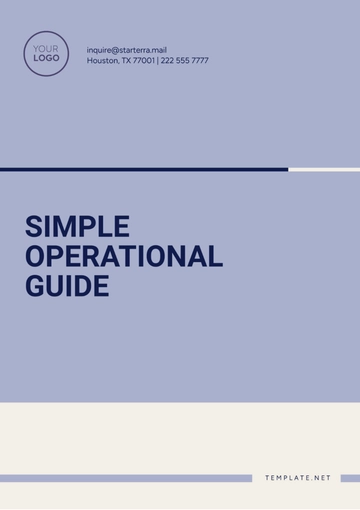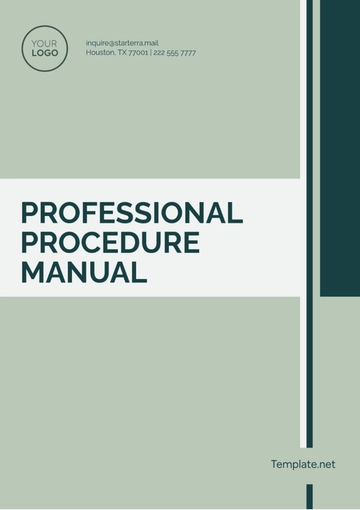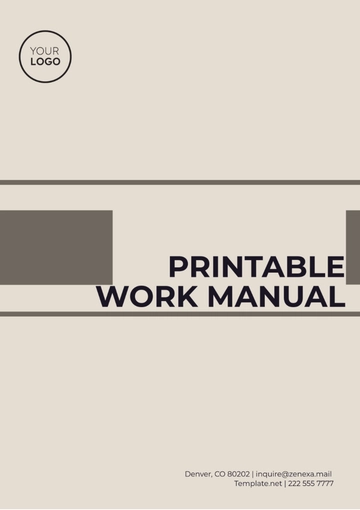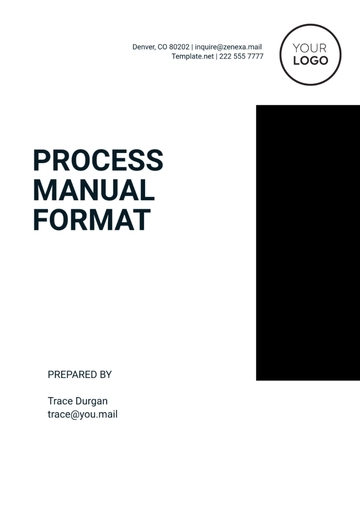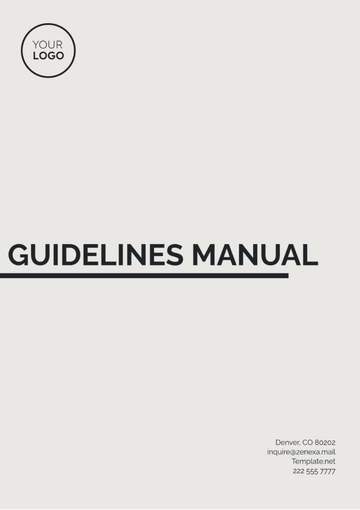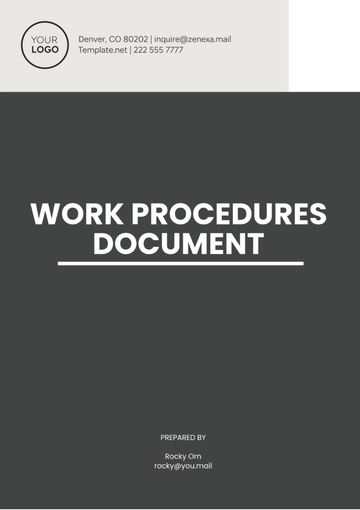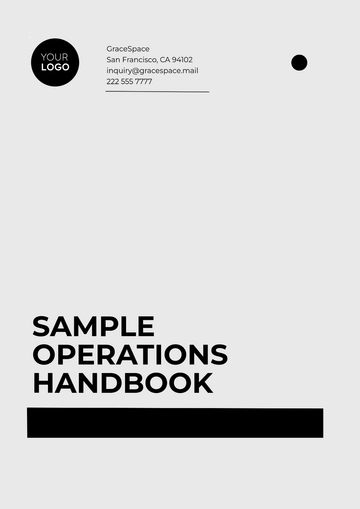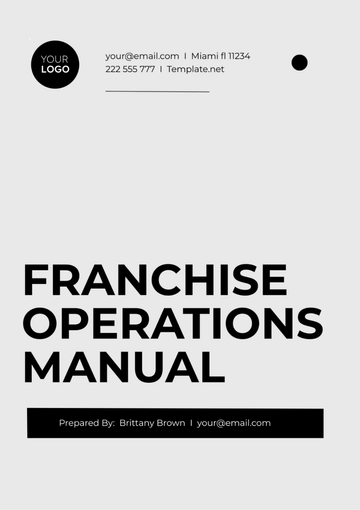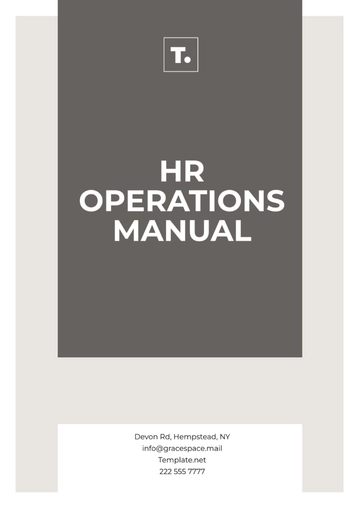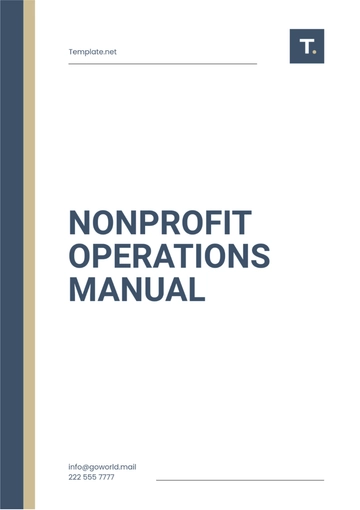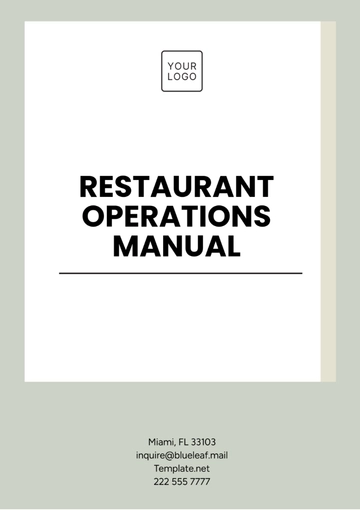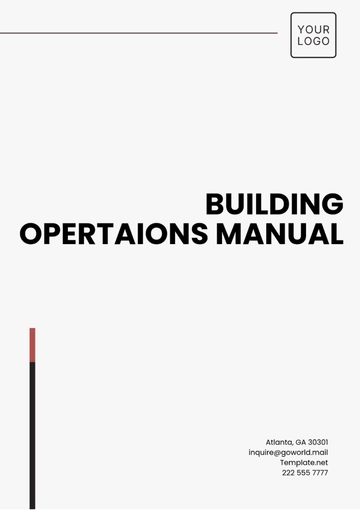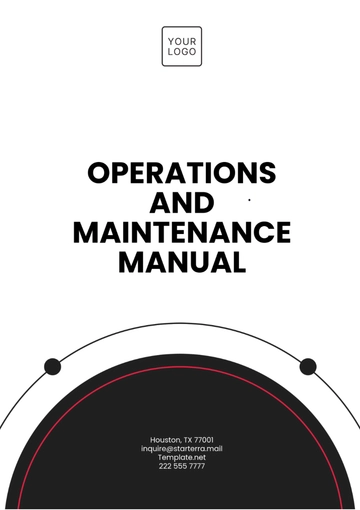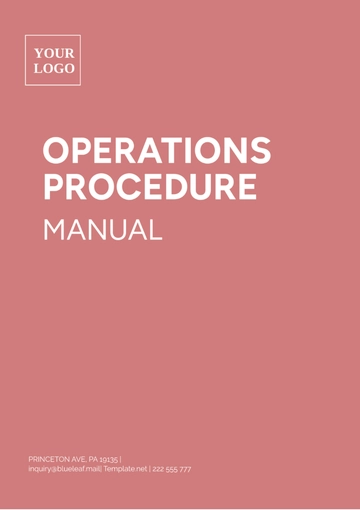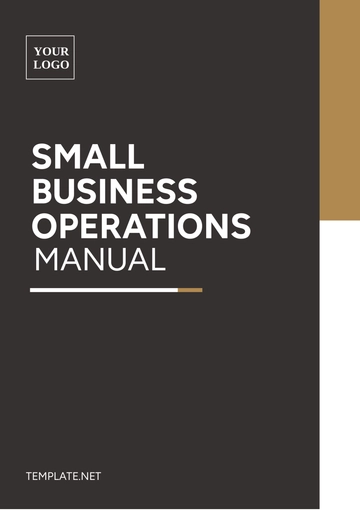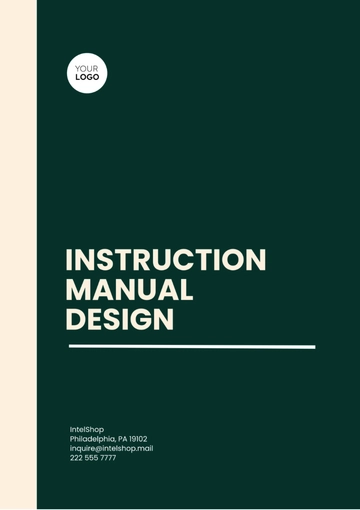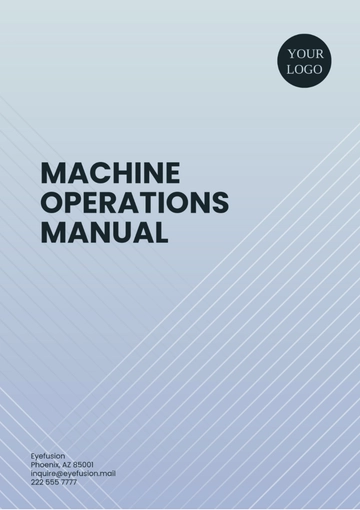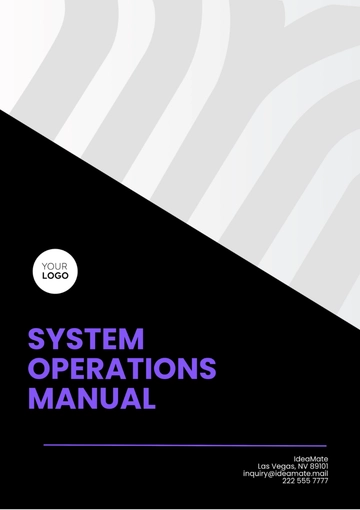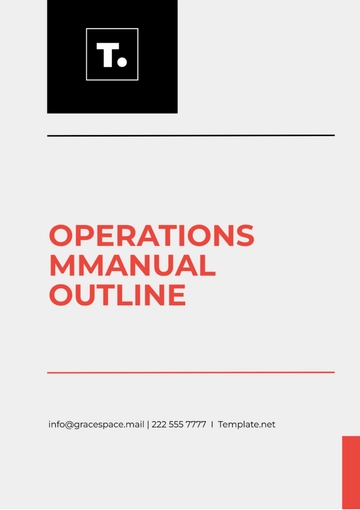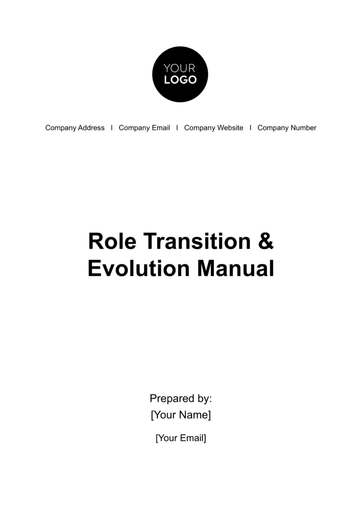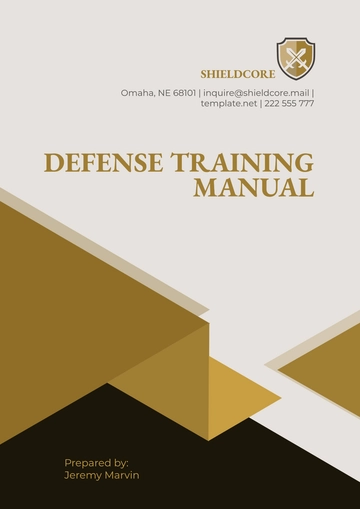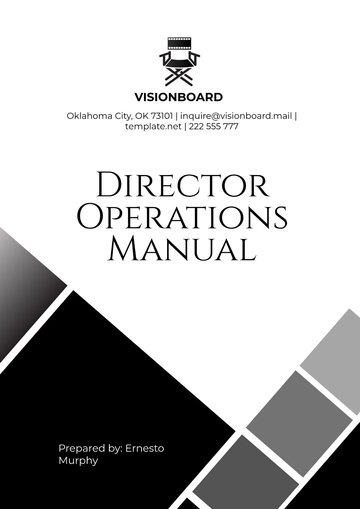Free Financial Audit Manual
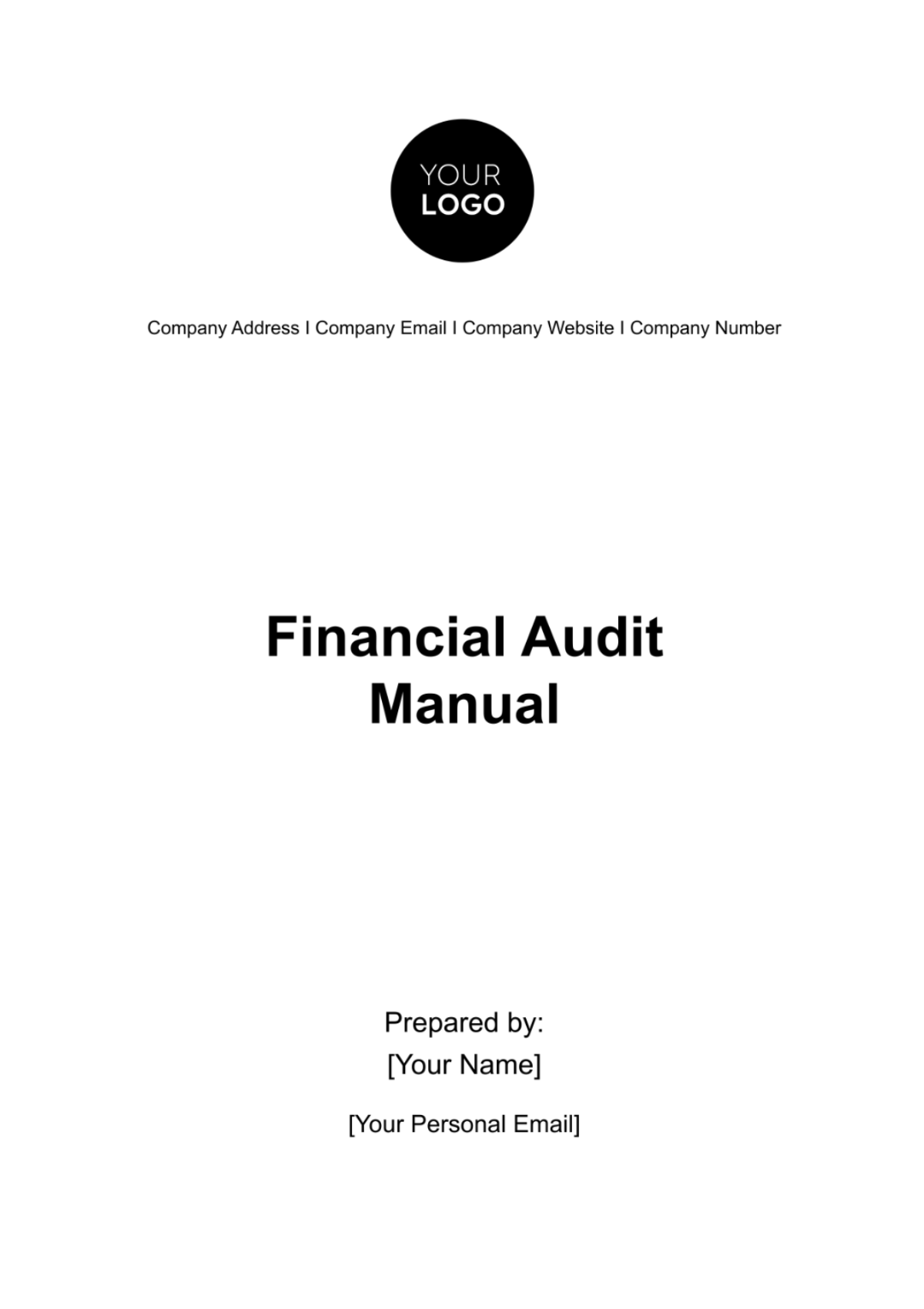
Table of Contents
I. Introduction to Financial Auditing
II. Audit Planning and Preparation
A. Audit Planning
B. Risk Assessment
C. Audit Team Composition
III. Execution of the Audit
A. Audit Procedures and Techniques
B. Documentation and Evidence Gathering
C. Internal Control Evaluation
IV. Reporting and Communication
A. Audit Findings and Conclusions
B. Drafting Audit Reports
V. Post-Audit Activities
A. Follow-up Procedures
B. Continuous Improvement
I. Introduction to Financial Auditing
Purpose of Financial Auditing
Financial auditing is an indispensable part of maintaining the fiscal integrity and transparency of [Your Company Name]. It serves as a cornerstone for stakeholder trust by validating the accuracy and reliability of our financial statements. This manual is designed to standardize the auditing process, ensuring that it aligns with both regulatory requirements and the best practices in financial reporting.
Through these audits, we aim to not only affirm the accuracy of our financial records but also demonstrate our steadfast commitment to financial accountability and ethical business practices. Our comprehensive auditing process is instrumental in identifying areas for improvement, enhancing operational efficiency, and fostering informed decision-making at all organizational levels.
Scope of Auditing
The scope of financial auditing at [Your Company Name] is extensive, ensuring a thorough examination and evaluation of our financial health. It encompasses a detailed review of our financial statements, including balance sheets, income statements, cash flow statements, and statements of changes in equity, to provide a holistic view of the company's financial position. Beyond the basic financial documents, our auditing process delves into the assessment of various financial transactions, scrutinizing their validity and accuracy.
We also rigorously evaluate our accounting practices and principles, ensuring they are up-to-date and in compliance with the evolving financial regulations. Additionally, a critical examination of our internal control systems is undertaken to assess their effectiveness in managing and safeguarding the company's financial assets. This extensive scope is critical in providing a comprehensive understanding of the company's financial operations and in identifying any potential areas of risk or non-compliance.
II. Audit Planning and Preparation
Effective planning and preparation are crucial for the success of a financial audit. This section outlines the systematic approach [Your Company Name] takes in audit planning, risk assessment, and forming the audit team, ensuring a thorough and effective audit process.
A. Audit Planning
Effective audit planning involves setting clear objectives, determining the audit's scope, and allocating resources. The plan should identify key areas of focus, potential challenges, and the timeline for the audit process.
Aspect | Details | Purpose/Impact |
|---|---|---|
Objectives Setting | Define specific goals such as accuracy verification, compliance checks | Guides the focus and direction of the audit. |
Scope Determination | Determine areas to be audited, such as revenue, expenses, assets, liabilities | Ensures comprehensive coverage of financial aspects. |
Resource Allocation | Allocate human resources, tools, and time | Ensures efficient and effective utilization of audit resources. |
Key Area Focus | Identify critical areas for in-depth analysis | Targets areas with higher risk or complexity. |
Timeline Establishment | Set clear timelines for each phase of the audit | Ensures the audit is conducted in a timely manner. |
B. Risk Assessment
Identifying and assessing risks that could affect the financial statements is crucial. This includes both financial and operational risks, such as errors in financial reporting, fraud, and compliance risks.
Risk Type | Potential Impact | Detection Methods | Mitigation Strategies |
|---|---|---|---|
Financial Reporting Errors | Could lead to inaccurate financial statements | Review of previous errors, analytical procedures | Implementing thorough review processes, staff training |
Fraud | Financial loss, reputational damage | Fraud risk indicators, whistleblower policies | Strong internal controls, regular audits |
Compliance Risks | Legal penalties, financial loss | Monitoring regulatory changes, compliance checks | Regular training, legal consultations |
Operational Inefficiencies | Increased costs, reduced profitability | Performance metrics analysis, operational reviews | Process optimization, corrective actions |
Technology Risks | Data breaches, system failures | IT audits, cybersecurity assessments | Upgrading systems, implementing security protocols |
C. Audit Team Composition
The audit team should comprise individuals with appropriate expertise and experience. This includes qualified accountants, specialists in particular areas of finance, and individuals skilled in audit software and tools.
Role | Responsibilities | Required Expertise/Skills |
|---|---|---|
Lead Auditor | Overseeing the audit, making key decisions | Extensive auditing experience, leadership skills |
Financial Accountant | Reviewing financial records, ensuring accuracy | Accounting expertise, attention to detail |
Compliance Specialist | Ensuring adherence to laws and regulations | Knowledge of legal standards, analytical skills |
IT Auditor | Assessing technology systems, cybersecurity | IT knowledge, understanding of cyber risks |
Data Analyst | Analyzing financial data, identifying trends | Data analysis skills, proficiency in audit software |
III. Execution of the Audit
The execution phase of the audit is where the planning and preparation materialize into actions. This section focuses on the specific audit procedures and techniques used, the documentation and evidence gathering process, and the evaluation of internal controls, ensuring a comprehensive and effective audit.
A. Audit Procedures and Techniques
Various auditing techniques are employed, including transaction testing, analytical procedures, and sampling. These techniques are designed to gather sufficient evidence to form an audit opinion.
Technique | Description | Application |
|---|---|---|
Transaction Testing | Detailed examination of individual transactions for accuracy. | Used for verifying the validity of financial transactions. |
Analytical Procedures | Analysis of financial data trends and ratios. | Employed for identifying unusual patterns or discrepancies. |
Sampling | Examining a subset of data to draw conclusions about the whole. | Applied in situations where reviewing all data is impractical. |
Physical Inspection | Verification of tangible assets. | Used for checking the existence and condition of physical assets. |
Confirmation | Seeking information or confirmation from external sources. | Applied in verifying account balances and transactions with third parties. |
B. Documentation and Evidence Gathering
Documenting audit evidence is vital. This includes maintaining records of financial data reviewed, interviews conducted, and analyses performed. Proper documentation supports the audit findings and provides a basis for the audit conclusions.
Document Type | Purpose | Method of Collection |
|---|---|---|
Financial Records | To validate the accuracy of financial statements. | Review of ledgers, invoices, receipts, bank statements. |
Interview Records | To gather explanations and insights from management and staff. | Documenting conversations and meetings with relevant personnel. |
Analytical Reports | To record findings from analytical procedures. | Analysis of financial ratios, trends, variances. |
Audit Trail | To trace the source and validation of data. | Maintaining a chronological record of audit procedures and findings. |
Compliance Documentation | To verify adherence to laws and regulations. | Review of legal and regulatory compliance reports. |
C. Internal Control Evaluation
Evaluating the effectiveness of internal controls over financial reporting is a key part of the audit. This involves assessing control environments, control activities, risk assessment processes, information systems, and monitoring controls.
Control Aspect | Evaluation Method | Purpose |
|---|---|---|
Control Environment | Assessing company culture and governance regarding controls. | To understand the overall attitude towards controls and risk. |
Control Activities | Reviewing specific control procedures in place. | To ensure that key processes are properly controlled. |
Risk Assessment Processes | Analyzing how risks are identified and managed. | To evaluate the effectiveness of risk management strategies |
Information Systems | Examining the reliability and security of financial systems. | To assess the accuracy and integrity of financial data processing. |
Monitoring Controls | Reviewing how controls are monitored and modified over time. | To ensure continuous control effectiveness and improvement. |
IV. Reporting and Communication
Effective reporting and communication are critical in concluding the audit process. This section details how audit findings are compiled and communicated, ensuring that they are clear, comprehensive, and actionable.
A. Audit Findings and Conclusions
The findings from the audit of [Your Company Name] are systematically compiled, presenting a detailed picture of the company's financial health. Key areas of compliance, such as adherence to accounting standards and regulatory requirements, are highlighted alongside areas of concern, which might include discrepancies in financial reporting or weaknesses in internal controls.
The conclusions drawn from these findings are meticulously aligned with the initial objectives of the audit, providing a clear and unbiased assessment of the financial statements. These conclusions play a crucial role in informing stakeholders about the company's financial integrity and guiding management's decision-making processes. They also serve as a foundation for any recommendations for improvements, ensuring the company's financial practices continue to evolve and align with best practices.
B. Drafting Audit Reports
The audit report for [Your Company Name] is crafted to clearly and succinctly communicate the findings and conclusions of the audit. It starts with an executive summary that encapsulates the key points, followed by a detailed account of the audit process, findings, and conclusions. The report includes the auditor's opinion, which is an essential part of the document, providing an authoritative assessment of the financial statements. Recommendations for improvements are also included, offering constructive guidance for enhancing financial practices. The report is structured in a manner that is understandable not only to financial experts but also to other stakeholders who may not have specialized financial knowledge. This approach ensures transparency and aids in building trust among shareholders, regulators, and the public.
V. Post-Audit Activities
This section outlines the essential post-audit activities that ensure the effectiveness and continual improvement of the audit process at [Your Company Name].
A. Follow-up Procedures
The importance of follow-up procedures cannot be overstated in ensuring that the audit's findings are adequately addressed. Following the completion of the audit, a detailed action plan is developed to tackle the issues identified. This plan outlines specific steps for management to take, assigns responsibility for these tasks, and sets deadlines for completion. To ensure these actions are effectively implemented, subsequent reviews or mini-audits are scheduled, focusing on the areas of concern highlighted in the original audit.
These follow-up audits are critical in verifying that corrective actions have been taken and that they are yielding the desired results. They serve as an accountability mechanism, ensuring that the findings of the audit translate into tangible improvements in [Your Company Name]'s financial practices and controls.
B. Continuous Improvement
Continuous improvement of the audit process is essential to maintain its relevance, effectiveness, and efficiency. This involves a systematic review of the audit process after each cycle, gathering feedback from both the audit team and the auditees. Key areas for improvement, whether in audit procedures, techniques, or the use of technology, are identified and addressed. Training programs for audit team members are regularly updated to reflect new auditing standards, changes in regulations, and advancements in auditing tools and techniques. This commitment to continuous learning and development ensures that the audit team remains proficient and up-to-date, capable of conducting high-quality audits that meet the evolving needs of [Your Company Name] and its stakeholders.
- 100% Customizable, free editor
- Access 1 Million+ Templates, photo’s & graphics
- Download or share as a template
- Click and replace photos, graphics, text, backgrounds
- Resize, crop, AI write & more
- Access advanced editor
Unleash potential with Template.net's Financial Audit Manual - your editable solution to financial planning and recording. This customizable tool is as functional as it is intuitive, editable in our Ai Editor Tool for seamless financial oversight. Improve efficiency, maintain accuracy and excel in your financial audits with our up-to-date, innovation-driven template. Start thriving today!
